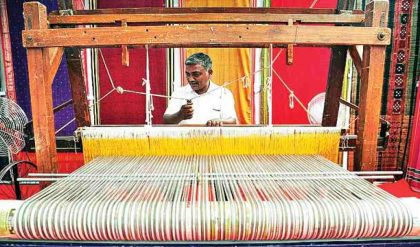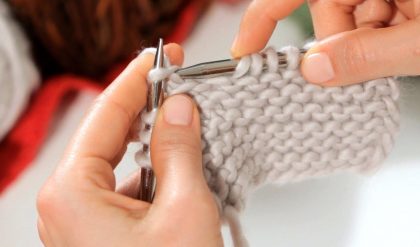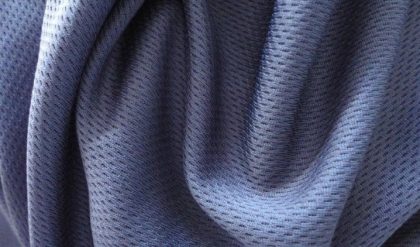Non woven fabrics are made by the any process other than weaving. They are defined as textile materials made directly from fibers and held together as fabrics by different methods. The first non woven was introduced in 1942. There are two generally categories of non woven’s
1. Durable
2. Disposable.
Durable:
The materials are not manufactured or intended to be thrown away after the single or limited number of applications. Examples include apparel interlining, carpet backings etc.
Disposable:
these materials are manufactured with the intention of being thrown away after the single or limited number of applications. Examples include disposable diapers, head rests, surgical gowns, filters etc. Semi durable non wovens: Some items might be considered as semi durable like hand wipes. The major fiber used in non wovens for the disposable is rayon while the major fibers for durables include rayon, polyster, olefin others used are nylon, vinyl, acrylic, cotton for creating non woven’s a web of fibers is first made. This means that fibers are laid by machines in random manner to form this layer called web. Later these webs are laid over each other and are then hold in place by – Needle punching – Bonding by means of adhesive heat. Needle punching is a mechanical process which enlarges the fibers in the web by punching them with needles. This is the most in expensive method such non woven are used in floor covering in filters. Bonding is a method where 2 or 3 more layers of fiber webs are made to stick to each other by adhesives. These are used in disposable items such as protective gowns, hats etc.
Felting
Wool is a probably most ideal for felting because the fibers swell in moisture, interlock and remain in the condition when pressed and shrunk when the fibers have been selected and if necessary blended with cotton or man made fibers they are cared in to a flat sheet or bat. Bats are placed first one way and then the other layers until the desired thickness is reached. Allowance has to be made for shrinkage because steam and pressure of heavy pressures in the process of felting may increase the bats as much as 20% thickness. To make the felt fabric stronger and more compact the fabrics is placed in warm soapy water where it is pounded and twisted. For heavy felt a weal acid is used instead of warm soapy water. The cloth is then ready for finishing process consisting of scouring, dyeing possibly pressing or shearing and treatment with special functional finishes to make it water repellent moth proof and shrinks create and fine resistant. Felt is made for men and a women’s hat’s, women’s skirts, rests and slipper tables covers. Paddling and lining’s woven felts have their place primarily in the industrial field.
Nets and braids
Net in geometrically shaped figured mesh fabric made of silk, cotton , nylon, polyester, rayon and other man made fiber. It comes in different sizes of mesh and in various weights. On the other hand machine made net is closely related to warp knitting because it is constructed on either a tricot or Rachel warp knitting machine.
The first nets to be made by machine were the warp knitted tricot that appears about the middle of the 18th century. Another type of net in the knotted square mesh type with knots with 4 corners to form the mesh. Originally made by hand and used by fisherman it is now made by machine. These modern fish nets of linen cotton by man made fibers are used for glass curtaining in contemporary living rooms, sun porches and dens
Braids
This is a method of interlacing 3 or more yarns or bias cut strips of cloth over and under one another to form a flat or tabular fabric. These braided textiles bands which are relatively narrow can be used as belts, pull cards for lights and for trimming for uniforms and dress tapes for pajamas’ and some shoe laces. Several width of plastic and straw braiding can be sewen together to make hat shapes similarly by braids of fabrics or yarns may be sewn together to make braided rugs. Felt: Felt is the oldest known textile. Wool and related animal fibers such as camel, goat, and hair have unique feature of enlargement when subjected to heat, moisture and rubbing agitation. This property is the base of felt fabric. lt is made directly from fibers treated in machines designed to accomplish the felting action (heat, moisture and agitation). Despite of wool, rayon or cotton can also be used. Felt does not fray or ravel. It can be blocked to shape in all directions because it has no gain. It has good excellent shock absorbing and sound absorbing tendencies. It has poor drapability and low tensile strength it cannot be torn but only be cut like woven fabrics it has no gain.




Comments are closed.